The coronavirus pandemic has required countless businesses to close their doors temporarily, including tattoo shops. As states gradually reopen, you’ll likely be able to open your shop’s doors too.
But reopening your tattoo shop will require some planning and significant changes in how you operate your business, interact with clients, and even structure your workplace.
If you’re planning to reopen soon, the following steps can help you to prepare and create an environment that maximizes your employees’ and clients’ safety.
Planning your reopening
When planning your tattoo shop’s reopening, turn to your state government for guidance. Every state is unrolling its own reopening plan, with many states embracing a multiphase plan. Just where tattoo shops fall within such plans can vary.
In New York State, the second phase of reopening included hair salons and barbershops, but tattoo parlors, spas, massage therapy facilities, and piercing facilities had to wait until phase three to reopen. Your state government’s website should be your go-to resource when planning your business reopening, but your local town hall may also provide some resources and advice.
Be sure to review your state’s requirements for reopening as well. For instance, New York State requires hair salons and barbershops to test employees for COVID-19 every 14 days. Familiarize yourself with these requirements so you have plenty of time to plan how you’ll follow them.
Consent forms
As you plan your reopening, ensure that all of your consent forms are updated, easily accessible, and available online to minimize physical contact during appointments.
Jotform is a great option for this, since it makes creating and editing forms so easy. You can use existing templates for a tattoo consent form and a tattoo booking form to save time. Evenworld-renowned tattoo artist Sara Fabel uses Jotform to help manage her tattoo business.
In addition to your standard templates, protect your business with a specific COVID-19 tattoo consent form. This consent form helps minimize the chances of your business being held liable if a customer contracts COVID-19 after visiting your tattoo parlor. It’s must-have documentation for any business operating during the pandemic and should become a part of your standard consent forms.
While you should have some printed consent forms available, encourage clients to complete these forms online ahead of time. You can do this in many ways. Upload the forms to your business website so clients can find them after booking an appointment online. Consider gathering client email addresses and sending out appointment confirmation emails with direct links to these forms. You can even include the form links in appointment reminder messaging, whether that’s through email or text.
In all of your messaging, explain that completing the forms online is a COVID-19 precaution you’ve implemented for your clients’ safety. Having clients complete these forms online means there’s one less thing that they’ll need to touch while in your shop, and that can help you to keep your staff and clients safer.
Workplace design
The very nature of a tattoo appointment may go against social distancing guidelines, so plan to make some adjustments in your workplace design and how you handle your daily appointments.
Start by relocating your workstations so that there’s a minimum of six feet of distance between each station. This helps to minimize contact between employees and between multiple clients.
The Centers for Disease Control and Prevention (CDC) recommends that you implement additional controls to help minimize exposure when it’s not possible to keep employees and clients distanced:
- Position your workstations so that employees don’t face each other and set up barriers like curtains or plastic partitions between employees and clients where possible.
- Place hand sanitizer with 60 percent alcohol throughout the shop for both employees and clients to use. Ensure that employees have access to handwashing stations, and stock restrooms with soap and paper towels.
- Move your credit card reader farther from your cash register to keep clients appropriately distanced from employees when checking out.
- Create visual cues for both employees and clients to encourage them to maintain a six-foot distance.
- Make sure your shop is well ventilated by increasing outdoor air ventilation, upgrading and/or servicing your central air system, and bringing in portable air cleaners with HEPA filters.
Provide employee training that highlights important measures like wearing cloth face coverings, cleaning and disinfecting surfaces to prevent cross-contamination, and maintaining social distancing when possible.
Consider the types of personal protective equipment (PPE) that will be most valuable for your staff. Finding PPE can still be difficult, so work on sourcing that equipment well before your opening day arrives. A steady supply of gloves, masks, and even face shields can help keep your staff and clients safe.
Appointment structure
Because your shop will need to keep clients distanced and as safe as possible, plan to discontinue walk-ins for the time being. Instead, request that all clients schedule an appointment so you can manage the number of people present in the shop at any one time.
With clients scheduling appointments in advance, you can also schedule only the staff necessary to complete the appointments, further minimizing the number of people in the shop.
Prevention best practices
Before you open your shop, create a plan for screening both employees and clients. Jotform’s screening template is a good place to start. Invest in a thermometer for the store and plan to take employees’ temperatures daily before they begin work.
The CDC recommends that you don’t allow employees to enter your shop if they meet any of the following conditions:
- Have symptoms of COVID-19, including fever or chills, a cough, fatigue, shortness of breath, headache, a sore throat, congestion, or muscle or body aches
- Have a temperature of 100.4 degrees Fahrenheit or higher
- Are waiting on the results of a COVID-19 test
- Were diagnosed with COVID-19 but not cleared to end their isolation period
The coronavirus measures checklist template helps to simplify this screening process and creates a record for every employee that you can keep to show your due diligence.
In addition to planning preventive measures, create a plan for how you will handle your business if a staff member or client does contract COVID-19. The consent forms you gather from clients can help you implement contact tracing measures. If you keep these completed forms, you’ll be able to quickly identify clients who need to be contacted based on when they were at your shop. In addition to maintaining these forms, keep a record of which employees worked which shifts.
Watch for updates
Even if your state or local area gives you the green light to reopen your tattoo parlor, situations around COVID-19 can change rapidly. Monitor your state government’s website and your local health department for the latest news and updates to ensure that your business continues to follow any restrictions.
Reopening your tattoo shop during the pandemic is sure to be a new experience for both you and your staff. The more planning you do, the better the chances your reopening will go smoothly and you’ll be able to welcome clients back into a safer, smoothly run shop.

































































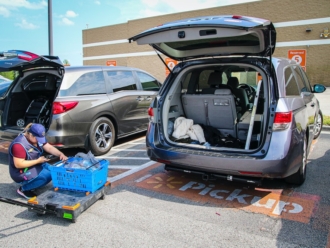

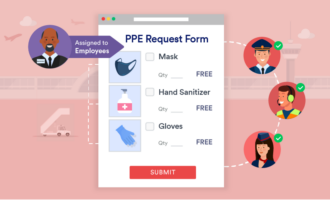

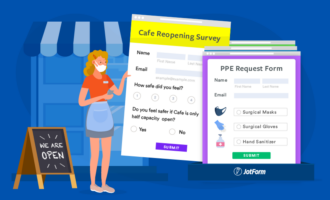
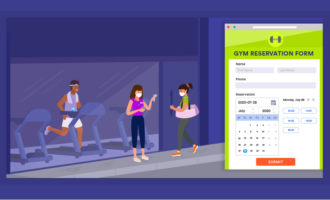
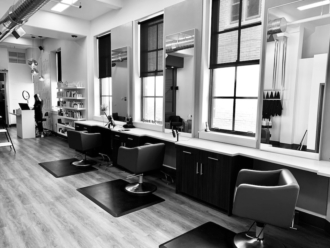






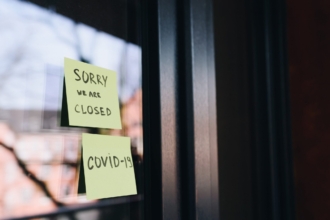



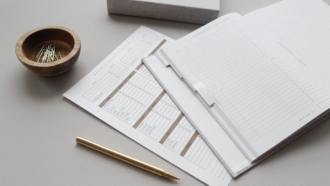
















Send Comment: